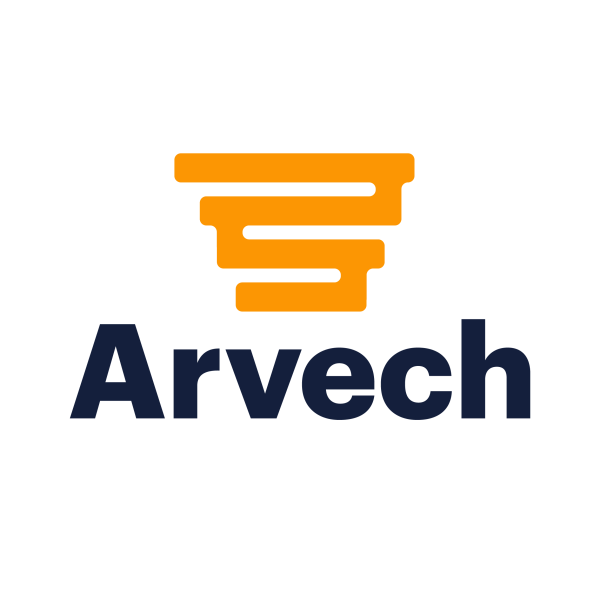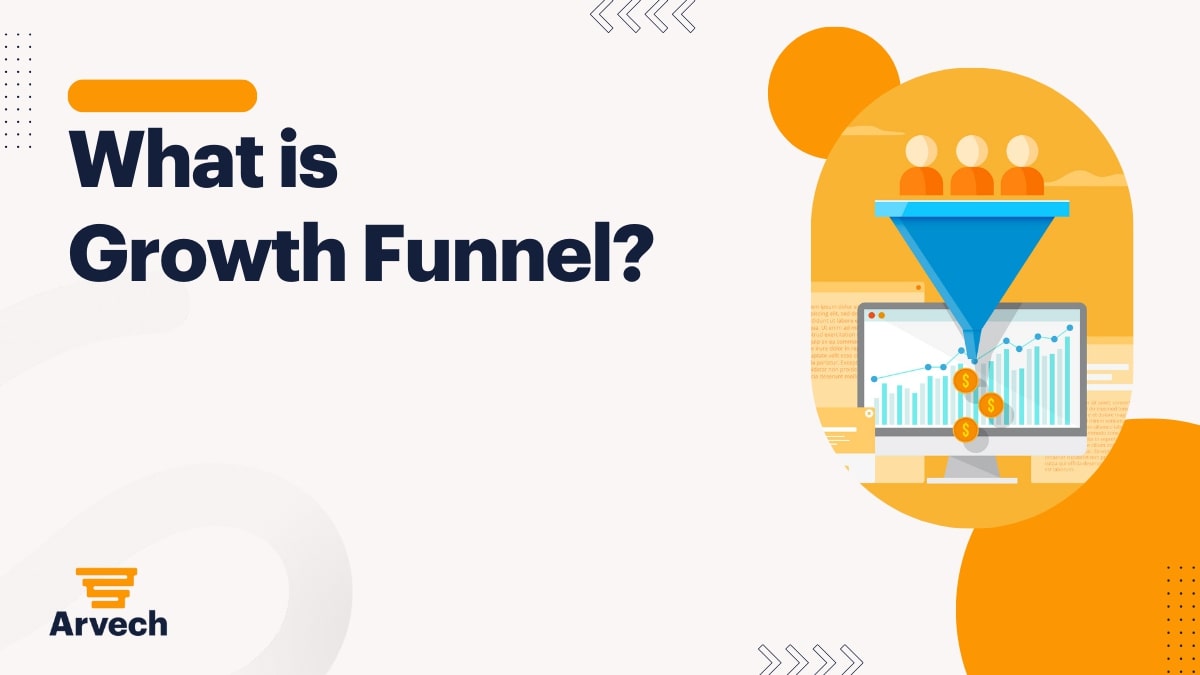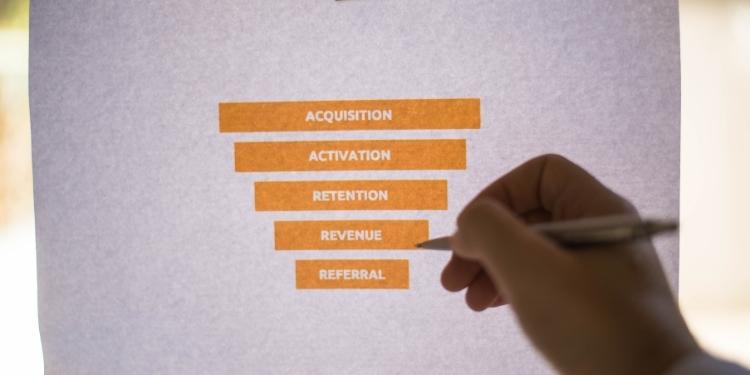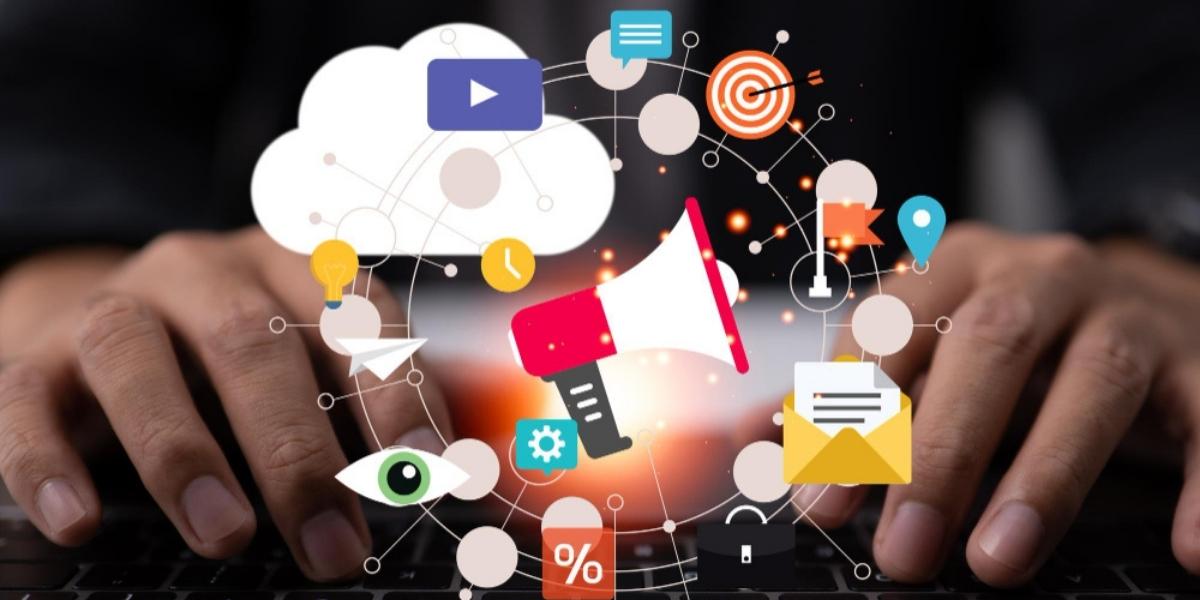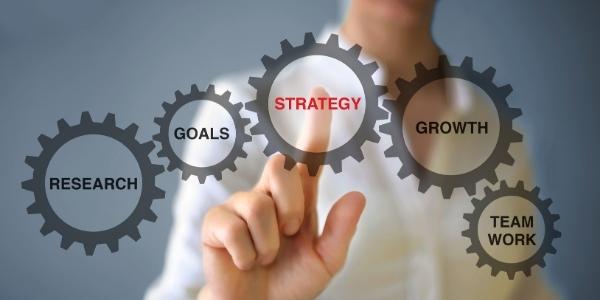What is Growth Funnel?
Growth marketing efforts consist of stages that serve growth targets in specific areas. A growth funnel is a name given to the constructs and actions that include all or some of these phases, which are measurable from start to finish and consist of digital marketing efforts that support each other. Growth funnels are the foundation of growth marketing activities and are not a one-size-fits-all strategy; your growth funnel should be uniquely tailored to your buyer’s buying patterns and behaviours.
Funnel Concept
So where does the concept of “funnel” in the name growth funnel come from? Before explaining this, remember the growth funnel steps we mentioned in our blog post “What is Growth Marketing?“.
According to the AARRR methodology, the stages that makeup growth funnels are: Acquisition, Activation, Retention, Revenue and Referral. Let’s think of Acquisition, which we will explain in more detail later in this article, as the work we do to get users to visit a page you want on your website. Some of the actions that a visitor will perform on this page and that you determine constitute the Activation step. For example, this user visits your web page more than twice, clicks on some fields or buttons you specify, leaves their email information or becomes a member. Afterwards, the activities such as email, content and remarketing that you ensure that this visitor comes back to your page are called Retention. The step where you earn money from your visitors is called Revenue. Finally, your work to get visitors to recommend your service or product to others constitutes the Referral step. For example, leaving comments on your mobile application and earning discounts or coupons upon recommendation belongs to the Referral step.
Since you cannot sell to every user who visits your website, the number of people decreases as you move from Acquisition to Revenue. Growth funnels get their name from this reducing number structure. Working to include as much target persona group traffic as possible at the entrance of the funnel and taking actions to increase the number of people coming to the exit will enable sustainable growth funnel management.
Growth Funnel Stages
Every growth marketing effort supports a stage in the growth funnel. Although multiple methodologies define growth funnels and stages, this article will examine the stages in the AARRR methodology. So first, let’s look at the stages and then at growth marketing efforts and how they impact the steps.
When you research the AARRR methodology, you can see that some sources have a different order. This may be due to differences in how businesses prioritise their goals. For example, generating Revenue may be the primary goal for some companies, while creating a viral impact through referrals may be more critical for others. In addition, in some cases, customers acquired through referrals may be more loyal and valuable than customers acquired through other channels, so efforts in the referral step can lead to increased Revenue in the long run.
It is important to remember that the AARRR model is a model, not a rigid set of rules. Businesses can customise it to their needs and focus on the metrics most matter to them. Ultimately, the purpose of the AARRR model is to provide a structured way to measure and optimise the performance of a business or product at different stages of the customer journey.
Acquisition
The primary purpose of the acquisition phase is to direct people related to your business or the service/product you offer to the place you want. With the work you will do at this stage, you can attract the attention of people unaware of your company. With the digital marketing activities you will do on digital channels where you can come across relevant people, you can acquire these people and create situations that will support the other steps of the growth funnel.
Activation
We have acquired contacts; now it’s time to get them to interact. In this step, we are working to realise the “Activation” process we determined while doing our growth funnel work. This can be a process such as filling out a web form, registering, subscribing to a newsletter, being added to the wish list, or any target situation you set, such as a certain number of page visits, staying on the page for a certain period.
Retention
Content efforts, email marketing, mobile notifications and remarketing efforts in the Retention stage of the growth funnel aim to get users to revisit your website or mobile app.
Revenue
In the Revenue phase, which we can call the most crucial phase in the growth funnel, as you can understand from the name, the goal is to generate Revenue for the company. At this stage, sales and marketing teams often organise activities to support each other. In the next step, after the demand or potential customers from online channels turn into sales, the sales amount of the product purchased by this customer, which is sold or closed, constitutes the output of this stage.
Referral
Users can recommend your products, services or application to others independently of you, and recommendations can be realised through some of your efforts. For example, coupons and discounts based on referrals and incentives for reviews from app stores or search engines should be designed for the “Referral” step.
Growth Funnel Components
Now that we have briefly summarised the stages of the growth funnel let’s talk about the digital marketing activities, or components, of the growth funnel stages. Many of these efforts play a role in more than one stage of the growth funnel.
Growth Marketing Strategy
The most important thing for growth funnel work is determining the right strategy. Identifying the right target persona, choosing the tools and channels for each growth funnel stage, conducting market and competitive research, and creating growth funnels are realised through a growth marketing strategy. Each growth funnel is created for a specific persona or group of personas. From this point of view, the most critical stage of the strategy leg is the correct study and extraction of target persona cards.
Content Marketing
Content marketing is often used in the Acquisition, Activation and Retention stages of growth funnels in the AARRR model. For example, writing blog content to be visible to your target audience on search engines and social media and to generate traffic to your website could be the Acquisition stage of a growth marketing funnel.
Creating an e-book that can be downloaded by filling out a form and thus obtaining the contact information of potential customers is an excellent example of using content marketing in the Activation step. Likewise, you can get in front of people who have watched a specific video on your website with ads, which is an excellent example of using video content in the growth funnel. In addition, content marketing efforts are often supported by other actions, such as performance marketing and email marketing.
Performance Marketing
Performance marketing is critical in the Acquisition, Activation, Retention and Revenue phases. The Acquisition phases of different growth funnel activities, for which a strategy is determined, are primarily realised through performance marketing activities. For example, the actions taken in the Activation phase can be tracked, and the people who have taken these actions can be reappeared for the “Retention” phase with performance marketing activities. In addition, direct product or service sales can also be realised with these efforts.
Email Marketing and Mobile Notifications
Email marketing and mobile notification activities are often included in the Retention stages of our growth funnel work. For example, Revenue can be generated with a multi-stage email setup that will direct people who come to our website and leave their contact information back to our website and then to sales. In addition, email marketing can be used for people who have purchased to purchase other services or products. Finally, you can send mobile notifications to users who have downloaded and opened your mobile app but have not logged in for a long time. This will encourage your users to use your app again and again. Therefore, email marketing is still one of the essential marketing efforts directly affecting Revenue.
Social Media Marketing
Social media marketing is often used in the Acquisition and Retention phases. Social media posts let you get in front of your target persona. Your followers can also fill out potential customer forms on social media. With social media, you can persuade users to use your website or mobile app for the first time (Acquisition) or get them to visit again (Retention). The content you create for content marketing will significantly benefit you in social media marketing.
Search Engine Optimisation
With search engine optimisation, you can make your organic (without using advertising) acquisition processes through search engines successful with less cost. To rank high in the searches of potential customers on search engines related to your business, you will need to optimise your channels, such as your website, social media accounts and Google business profile.
User Experience
You can carry out activities to increase the User Experience (UX) to guide your website or mobile application users to achieve the goals you have set for the Activation and Revenue stages and to facilitate this process.
Since providing the right user experience is a factor that directly affects conversion rates, it is also essential to get support from experts in this field.
Measurement and Reporting
All growth funnel studies need to be measurable. Therefore, each different funnel tested is tracked with target metrics. In this way, it can be determined which growth funnel works more efficiently, and which improvements can be made at which stages. Measurement and reporting activities are essential for the growth funnel optimisation studies we will describe in the following part of our article.
Growth Funnel Architecture
To run a successful growth funnel, you must create an architecture between the stages and the digital marketing activities that support them.
For example, in the Acquisition stage, you can drive users to your website with social media ads or organic searches. These will be the entry steps of your funnel. Then, in the Activation stage, you put users who have started a trial version of your product on your website into an email sequence or include them in remarketing lists based on the actions they take on your website. After these stages, you try to direct them to sales with various steps. These and similar stages of your growth funnel, consisting of different digital marketing methods, constitute a growth funnel architecture.
It will be of great importance to follow the metrics of each stage in the architecture and adjust the architecture according to the metrics.
Growth Funnel Optimization
Growth funnel optimisation is crucial for efficiency. For example, you have done the necessary work for all funnel stages. Then, when measuring, you can evaluate each step of your funnel in its way.
If you want to attract more users in the acquisition phase, you can see which channels you need more efficiency from according to the KPIs you have determined and what you need to improve accordingly. If the necessary actions for activation are not taking place, you can plan your efforts to improve the user experience on your website. For example, if you need more efficiency from your email marketing efforts for Retention, you can increase efficiency by conducting A/B tests and email optimisation.
You should also consider your funnel architectures in growth funnel optimisation efforts. While you can optimise each step in itself, you can also make your growth funnel more efficient by dividing it into more minor phases and optimising these steps.
For example, you have performed the Activation step by signing up the users you have acquired from a single channel you have determined. On the other hand, you are trying to direct them to the Revenue step by performing the Retention step with remarketing efforts. Since the setup in this architecture will be focused on the Acquisition channel and persona, you can define this architecture as a mini-architecture and perform your optimisations to increase the efficiency of this mini-architecture. This way, you can discover which channels are the most efficient for Revenue and disable the most inefficient channels.
Conclusion
You must correctly set up your growth funnels to carry out growth marketing activities. Although multiple growth funnel methodologies exist, they all serve the same purpose.
Building your growth funnel steps in a way that supports each other will give you a more accurate roadmap. For example, within your growth funnel, you can create mini-funnels in specific architectures where you can proceed more controlled manner.
Whichever methodology or architecture you choose, you will need to track your funnel with metrics and perform the necessary optimisation work to increase the efficiency of your growth funnel.
